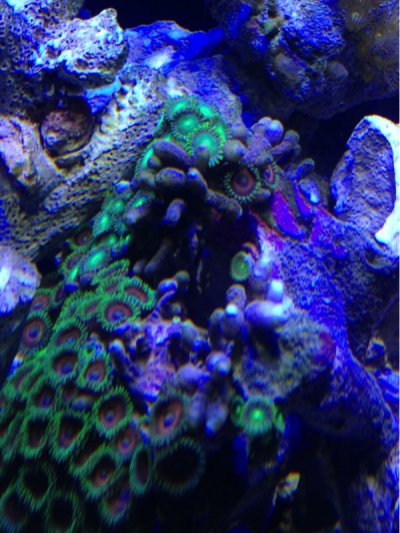Jcs401
Aquarium Advice Apprentice
- Joined
- Apr 9, 2013
- Messages
- 45
I purchased these button polyps(photo attached). I have had them in my nano (24g jbj led, protein skimmer in 1st chamber, carbon and those acrylic fake live rock in second, upgraded 1200 maxi-jet in return 3rd) all water levels seem very normal however the polyps just arena seem to be growing and some on opening and detaching and latching on in other areas of the tank. Normal or what can I do/help make them healthy. I use substrate called FUEL and coral vite and dose calcium. Any suggestions?

